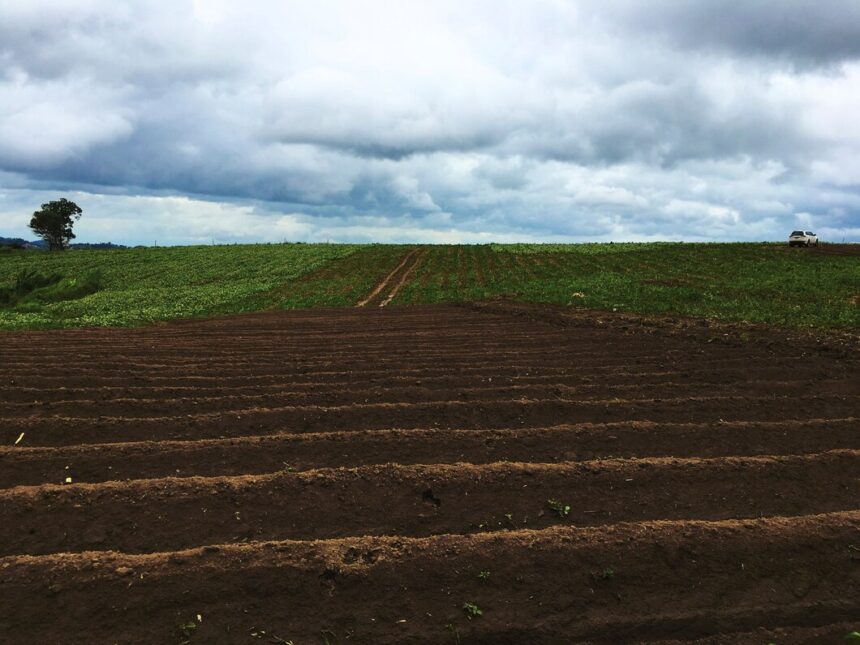Drought is a recurring challenge for farmers in South Africa, posing significant threats to agricultural productivity, food security, and rural livelihoods. Building resilience against drought is essential for farmers to adapt to changing climate conditions and ensure the sustainability of their operations. Here are ten ways South African farmers can build resilience against drought:
- Water Harvesting and Storage: Invest in water harvesting infrastructure such as rainwater tanks, reservoirs, and ponds to capture and store water during periods of rainfall. Efficient water storage systems can provide a crucial buffer against water scarcity during droughts.
- Drip Irrigation and Water-Efficient Technologies: Adopt water-efficient irrigation methods such as drip irrigation, micro-sprinklers, and soil moisture sensors to optimize water use and minimize losses. These technologies deliver water directly to plant roots, reducing evaporation and runoff.
- Drought-Tolerant Crop Varieties: Plant drought-tolerant crop varieties that are adapted to arid and semi-arid conditions. Selecting crops with traits such as deep root systems, reduced water requirements, and tolerance to water stress can improve resilience to drought.
- Crop Diversification and Rotation: Diversify crop portfolios and implement crop rotation practices to spread risk and minimize the impact of drought on overall yields. Rotating drought-tolerant crops with different water requirements can help maintain soil health and productivity.
- Conservation Agriculture: Embrace conservation agriculture practices such as minimal tillage, cover cropping, and mulching to improve soil structure, moisture retention, and resilience to drought. Conserving soil moisture is critical for mitigating the effects of water scarcity.
- Agroforestry and Windbreaks: Integrate trees and shrubs into farming systems through agroforestry practices and windbreak establishment. Trees provide shade, reduce wind erosion, and help conserve soil moisture, enhancing resilience to drought conditions.
- Soil Health Management: Prioritize soil health management practices such as organic matter addition, soil amendments, and balanced fertilization to improve soil structure, fertility, and water-holding capacity. Healthy soils can better withstand drought stress and support crop growth.
- Livestock Management Strategies: Implement livestock management strategies such as rotational grazing, supplemental feeding, and destocking during drought periods to manage forage availability and animal nutrition. Planning ahead and diversifying feed sources can mitigate the impact of drought on livestock production.
- Financial Planning and Risk Management: Develop robust financial plans and risk management strategies to cope with the financial impacts of drought, including accessing insurance, savings, and credit facilities. Diversifying income streams and building emergency funds can help buffer against income losses during droughts.
- Community Collaboration and Knowledge Sharing: Foster collaboration and knowledge sharing among farmers, agricultural extension services, and research institutions to exchange information, experiences, and best practices for drought resilience. Building social networks and collective action can enhance adaptive capacity and resilience at the community level.
By implementing these strategies, South African farmers can strengthen their resilience against drought and mitigate the adverse effects of water scarcity on agricultural production and livelihoods. Investing in sustainable practices and adaptive measures is essential for building a more resilient agricultural sector capable of thriving in a changing climate.
Join 'Farmers Mag' WhatsApp Channel
Get the latest Farming news and tips delivered straight to your WhatsApp
CLICK HERE TO JOIN






